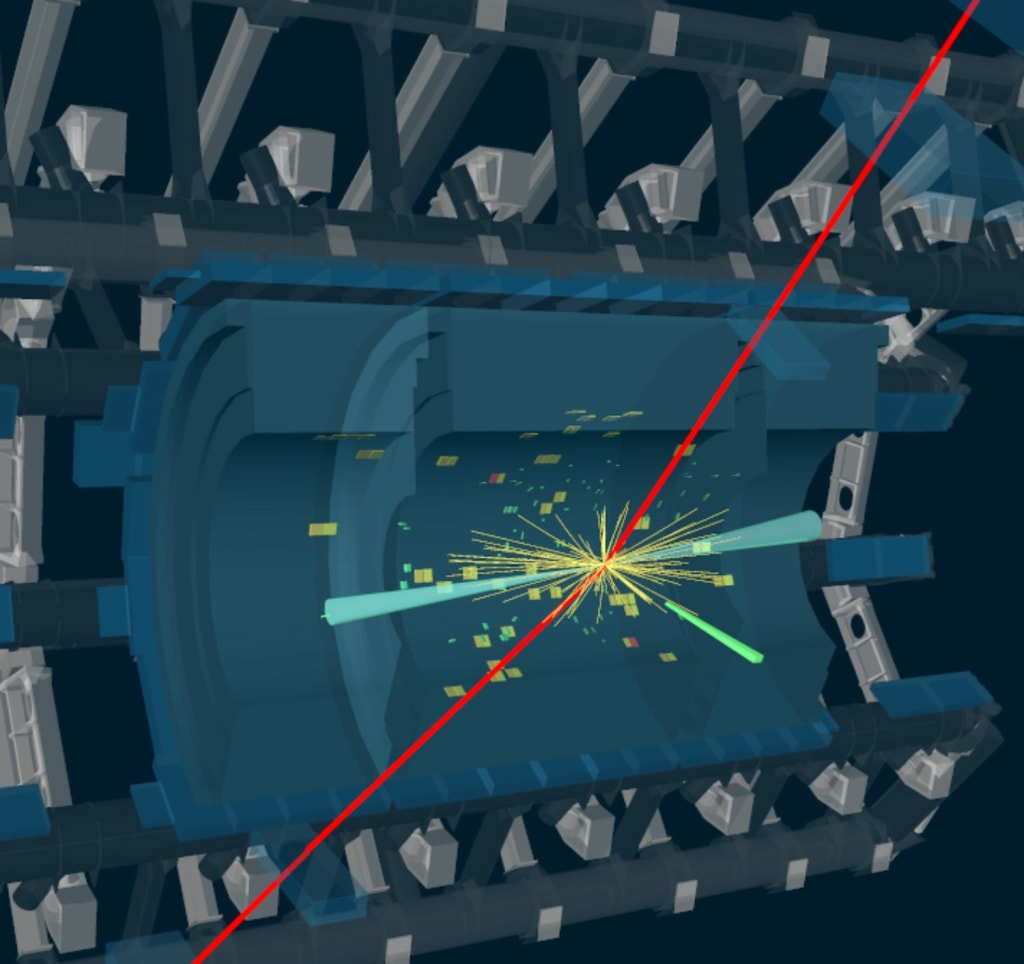First Proof For Rare Higgs Report on Boson's Decay Ten Years After Discovery
At the Large Hadron Collider Physics Conference in Belgrade, CERN researchers presented the first concrete evidence of a rare Higgs boson disintegration. The statement still represents a significant step in the effort to comprehend the mysterious particle, even if the study has not yet been published and it appears that the most crucial concerns surrounding the decay process have not yet been resolved.

The discovery of the Higgs boson marked the end of a six-decade search. The next year, it resulted in the physics Nobel Prize being given out, although in many respects, it was more like reaching base camp than the summit of Mount Everest. The adventure continues as physicists look for the particles that the Higgs eventually transforms into.
Professor Peter Higgs and other physicists offered explanations for discoveries in particle physics in the 1960s that involved a field that later came to be known as the Higgs field. Although the existence of the field could not be validated at the time, predictions based on it proved to be so precise that they were generally accepted and formed the basis of the Standard Model of particle physics. The Higgs boson, a particle, would be required to convey the field.
For theories of why certain other particles have mass, the Higgs field is crucial. The Higgs boson is remarkable in that it possesses mass and can keep it in that condition even at very high energies. Since its discovery ten years ago, several predictions concerning it, such as its lack of electric charge and spin, have come true.
The Higgs boson is not a permanent fixture in what is often referred to as the "particle zoo," like most of its members. Its rapid decay is, in fact, a key factor in its difficulty in discovery. Because of its brief lifespan, it can only be discovered by the products it decomposes into, which can be difficult to identify from other consequences of particle collisions.
There are several methods, in which the Higgs boson can decay, with the first one being described in 2018. These result in various particles, and it is believed that the distribution depends on the mass, which has been condensed to a small range about 125.45 billion electronvolts. The Standard Model of particle physics predicts that at this number 0.15 percent (15 in 10,000) will take a certain decay route, resulting in a photon and a Z boson. The Standard Model's rivals, nevertheless, provide a variety of proportion predictions. Therefore, choosing between these theories may be made easier if we produced enough Higgs bosons to provide a dispersion of decay products.
Unfortunately, it is not simple to see the Higgs decay products, much less to do so for such a small subset of situations. Even more challenging, it is hypothesized that Higgs decay produces a number of "virtual" particles that exist only momentarily and can't be directly seen. The photon and Z boson do not appear until after this virtual phase. Even the weak nuclear force's Z boson, which carries it, cannot be directly observed. Instead, it transforms into electrons or muons, whose detection exposes its prior presence, decaying in around 10–25 seconds.
One of the most interesting, but challenging, tasks in physics might be figuring out the characteristics of the intermediary virtual particles and whether they stand in for known particles or something new.
The ATLAS and CMS teams discovered an energy peak in data from the Large Hadron Collider's (LHC) second run (2015–2018), which they believe to be Higgs decay. Although less than the 5 standard deviations thought to be the minimum for confidence in particle physics, the significance of 3.4 standard deviations is sufficient to make it extremely plausible.
Only by merging the data from the ATLAS and CMS sensors was even this possible. ATLAS and CMS collaborated independently and under a strong rule of confidentiality during the first Higgs discovery so that their findings could be used to validate one another, which is obviously not possible now.
"Each particle has a special relationship with the Higgs boson, making the search for rare Higgs decays a high priority," stated Pamela Ferrari of ATLAS in a statement. "The existence of new particles could have very significant effects on rare Higgs decay modes," Florencia Canelli of CMS noted. "The Standard Model is well tested by this investigation. We will be able to increase the accuracy of this test and study ever-rarer Higgs decays with the LHC's third run, which is now underway, and the upcoming High-Luminosity LHC.
About the Creator
Najmoos Sakib
Welcome to my writing sanctuary
I'm an article writer who enjoys telling compelling stories, sharing knowledge, and starting significant dialogues. Join me as we dig into the enormous reaches of human experience and the artistry of words.






Comments
There are no comments for this story
Be the first to respond and start the conversation.